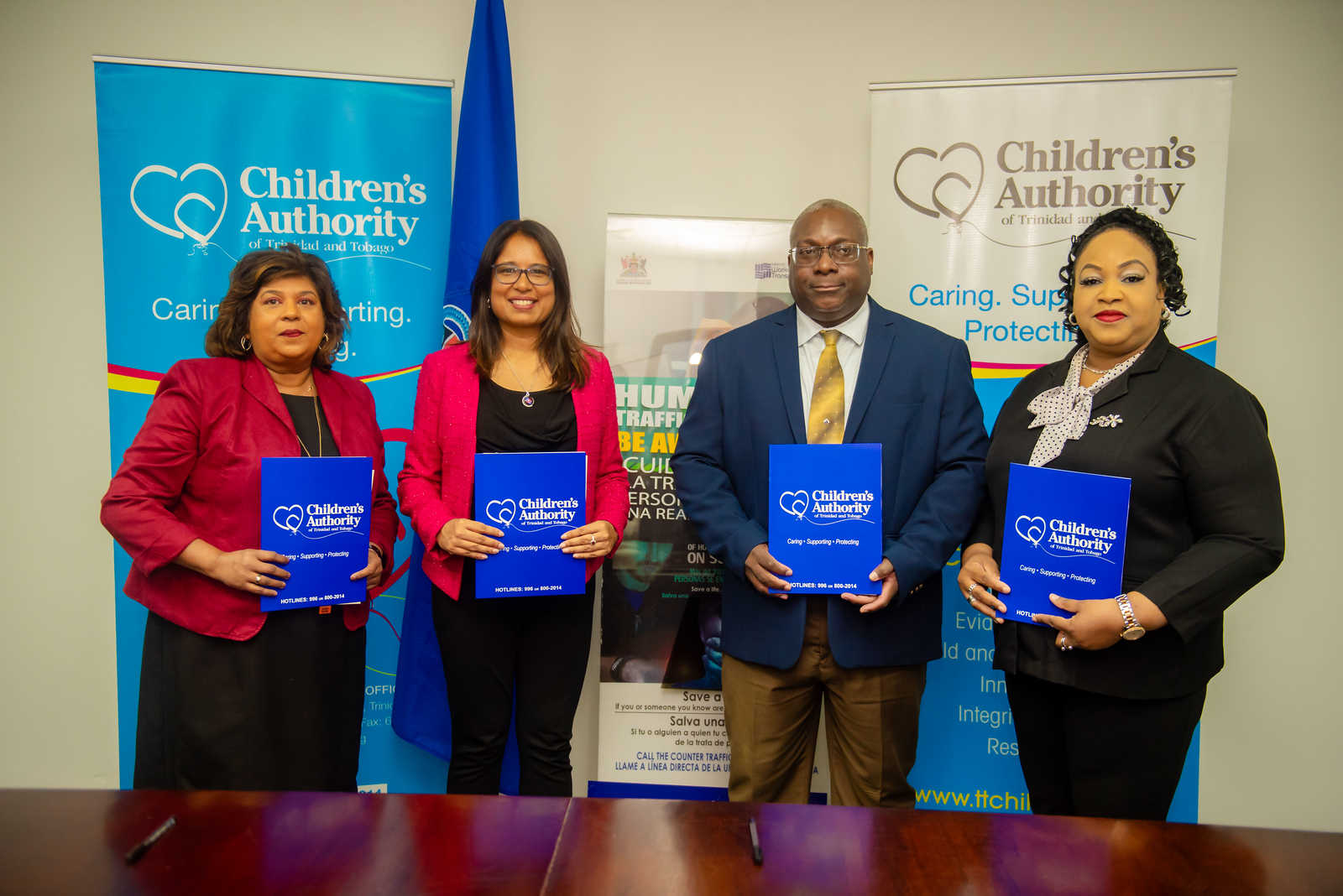
Agencies in the child protection sector have taken another step in their commitment to provide the best possible care and protection to children, particularly those who have been identified as victims of trafficking. This follows the signing of the Victims of Trafficking Process Manual for the Counter Trafficking Unit, the Trinidad and Tobago Police Service, the Children’s Authority of Trinidad and Tobago and the Immigration Division.
Mr. Sheldon Cyrus, Director/Chief Executive Officer of the Children’s Authority says the National Interagency Protocol for Child Abuse Prevention and Management, which was launched earlier this year, has paved the way for this important collaboration. The Protocol he reminds, “directs agencies on how to collaborate and support each other, so that all actions are timely and effectively coordinated, in the best interest of the child”. Therefore, Mr. Cyrus notes that “the Victims of Trafficking Process Manual clarifies the pathway for victims of trafficking and unaccompanied migrant children to receive the support and intervention they require. It is a critical national advancement for more efficient victim care, as child protection is everybody’s business”.
Dr. Samantha Chaitram, Director of the Counter Trafficking Unit affirms, that “it is impossible for any single agency to respond comprehensively to all aspects of trafficking in persons.” She adds that “partnerships are the greatest strength in fighting human trafficking and supporting victims. As a result, this Process Manual, developed through a series of consultations, provides the supporting framework for a coordinated, inter-agency response, thereby strengthening coordination and collaboration among multiple stakeholders”. Dr. Chaitram says, “it provides step-by-step guidelines to all relevant agencies involved, always ensuring the protection of the human rights of children”.
The Process Manual has been lauded by Superintendent of Police Claire Guy-Alleyne, who is in charge of the Special Victims Department, as “an excellent achievement”. She says, “it will ensure that the response to children who are victims/survivors of human trafficking is well-enhanced. Superintendent Guy-Alleyne notes that “coordination will be streamlined and systematic, since the Process Manual helps in clearly defining roles, improving communication, and ultimately fostering a more victim/survivor-centred approach, which would be more efficient in focusing on the welfare of the child, at the centre of the response”.
Ms. Vera Persad, Chief Immigration Officer, of the Immigration Division notes, that “the measure of a nation’s standing is how well it takes care of its children”. She adds that “the Immigration Division takes very seriously its commitment to safeguarding all children, whether citizen or foreign national”. Ms. Persad says “the security and well-being of our children are paramount to promoting healthy growth and development”. She maintains that the Immigration Division will continue to ensure that those “we are charged to protect; feel safe, valued and loved”.
Representatives of the agencies advise that their efforts can only be successful, if the national community is vigilant and reports all incidences or suspicions of abuse to the Police at 999 or the Children’s Authority at 996.
